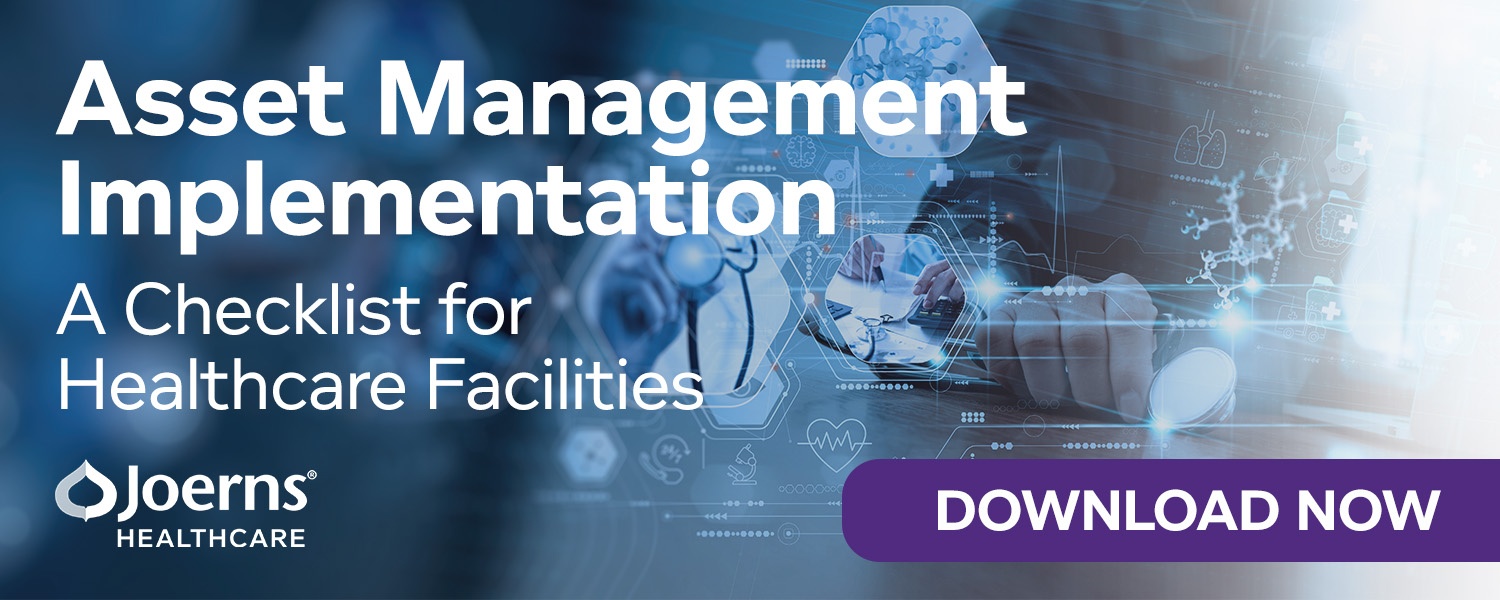Healthcare facilities don’t always have a complete view of their assets and inventory. Inaccuracies and delays in asset tracking affect how these organizations manage operations and deliver critical healthcare services to patients. Manual tracking, siloed inventory channels, and unpredictable asset demands are commonly responsible for inaccuracies in asset tracking and, ultimately, under-optimized healthcare operations.
As the shift toward digital transformation gains steam in the healthcare industry vertical, organizations are looking for the most cost-effective technology solutions that enable automated asset tracking in real-time. At the core of this technology is the asset tracking capability used to communicate asset geolocation in real-time and automatically facilitate appropriate reporting, updates, and control actions with the backend systems.
Two of the most popular technologies used for asset tracking devices are the Real-Time Location System (RTLS) and Radio Frequency Identification (RFID). Let’s discuss the definition and differences between RTLS and RFID.
What Is a Real-Time Location System (RTLS)?
RTLS refers to a technology system used to track an asset in real-time accurately. RTLS is not a specific solution but a goal that can be accomplished using various technologies and mechanisms. RTLS technology typically includes a wireless transponder that picks up and responds to a signal; a receiver device that collects data from the transponder; and a software solution at the backend that governs asset tracking procedures.
RTLS may employ a mix of ultrasound, Bluetooth®, electromagnetic, and GPS connectivity. For instance, Bluetooth® is used for high-accuracy indoor and proximity tracking, whereas GPS satellite connectivity is used for outdoor and distant monitoring.
The communication between RTLS sensors installed on the assets and the backend network infrastructure occurs continuously and in real-time. A backend software solution logs and analyzes this information to create reports and monitoring alerts in real-time as the asset moves across locations.
RTLS devices have valuable applications for tracking patients, staff, and expensive equipment in healthcare environments. The data communicated between an RTLS device and a backend analytics solution may include detailed logs and metadata that describe staff’s interaction with infected patients, the frequency and duration of treatment, concentration of staff, and other useful insights.
What Is Radio Frequency Identification (RFID)?
RFID refers to the digital encoded labels or tags that are automatically identified using radio waves within the range of an antenna or an RFID reader. The RFID tag is essentially a transponder and responds to a surrounding envelope of radio wave signals. An Active RFID label can have an internal power source to activate a response when the RFID tag is within the range of a radio waves receiver. On the other hand, a passive RFID tag captures the electromagnetic signal that induces a current signal within the transponder and returns a communication signal to the RFID receiver.
In this context, RFID transponders only act as a reactive tracking device as the communication only takes place when it’s brought near the receiving device.
The functionality of an RFID label is similar to a barcode label, except that providers can scan the RFID tag without a direct line of sight to the receiver. The scanning process is almost instant (around 100 milliseconds per tag), and healthcare professionals can update the encoded information.
When compared to RTLS, the functionality only differentiates in terms of the communication sampling frequency – RTLS transponder-receiver is in a state of continuous connection. Therefore, tracking is in real-time and automated. On the other hand, data from RFID tags is sampled only when the tag reaches proximity to the RFID receiver. Therefore, RFID labels are not used for real-time and continuous location tracking applications.
RFID applications for healthcare institutions include low-cost asset tracking of medical devices and equipment. This information is usually not required in real-time but must be accurate and captured automatically. The simplicity of an RFID tracking system allows healthcare institutions to deploy asset tracking capabilities at scale – assets including a variety of devices, medicines, and equipment.
Like the RTLS system, a robust backend software solution is required to analyze the collected information drawn from RFID devices and make well-informed decisions on asset tracking within a healthcare institution.
